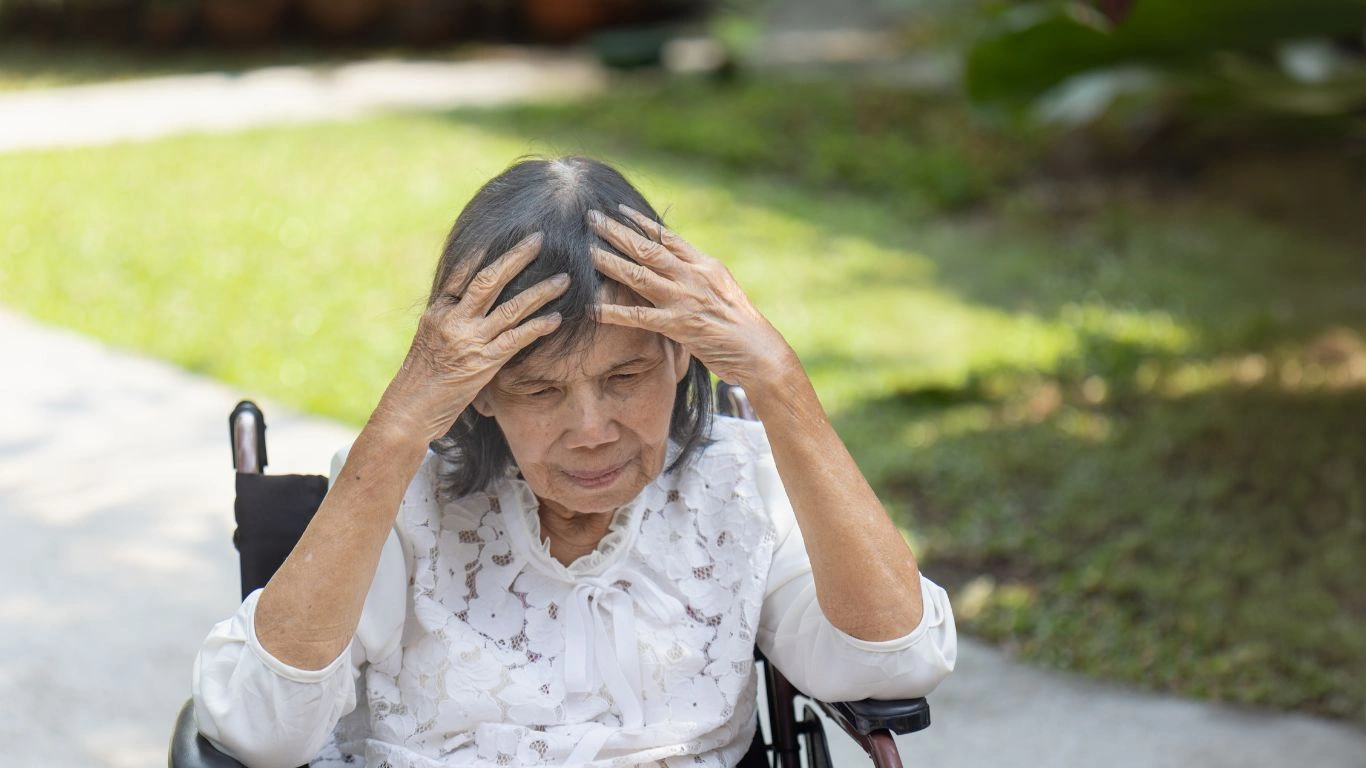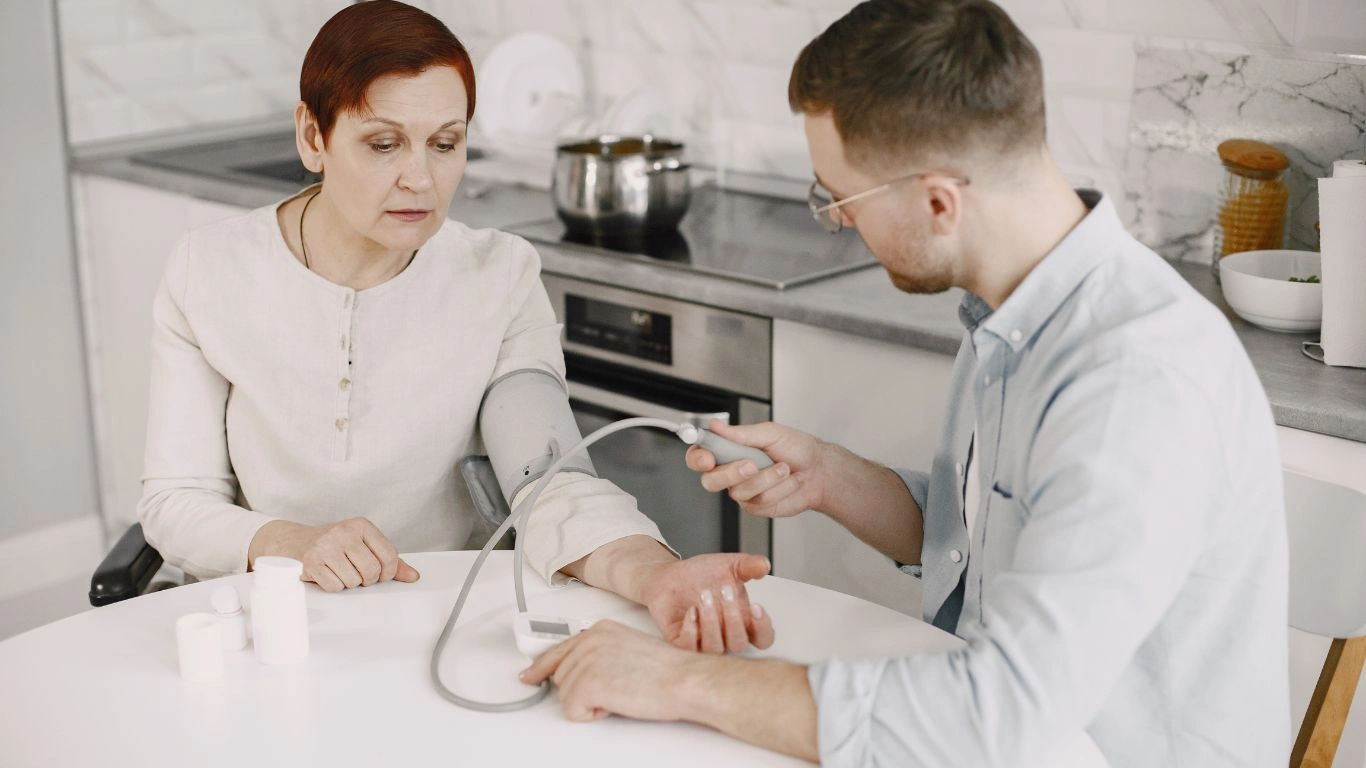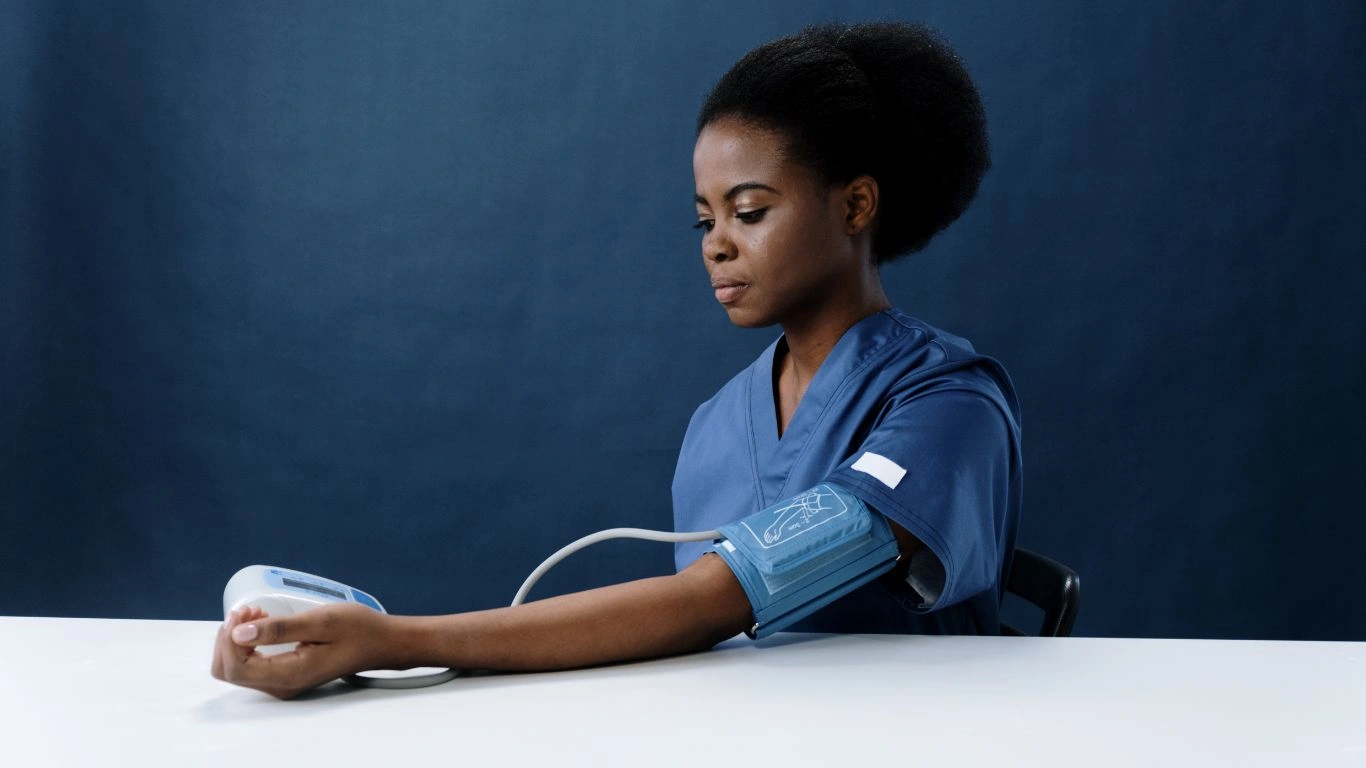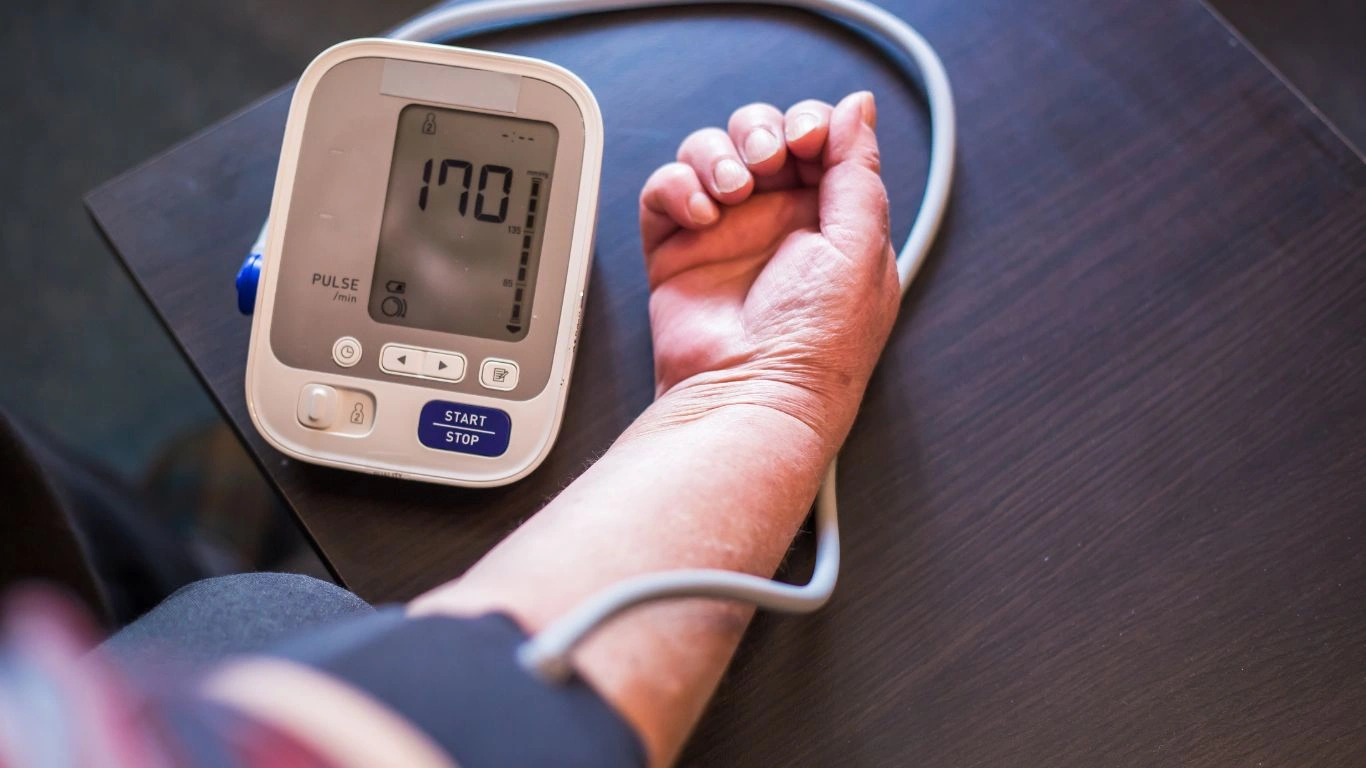Shocking Truth: Blood Pressure Changes During Panic Attacks Explained
If you’ve ever felt your heart racing out of nowhere, palms sweaty, breath quickening, and then noticed your blood pressure shoot up, you’re not alone. Blood pressure changes during panic attacks can be confusing and downright alarming, especially when you’re trying to manage hypertension or keep your cardiovascular health in check. I’ve seen countless patients in my practice as an Internal Medicine Physician specializing in hypertension management who come in worried about these sudden spikes. It’s important to understand what’s really going on in your body during these episodes so you can separate panic-driven blood pressure changes from long-term health concerns.
What Happens to Blood Pressure During a Panic Attack?

When a panic attack hits, your body goes into “fight or flight” mode—an automatic response designed to help you survive danger. Your sympathetic nervous system floods your bloodstream with stress hormones like adrenaline and cortisol. These hormones cause your heart to beat faster and your blood vessels to constrict, which in turn raises your blood pressure. This is a temporary state, but for someone with existing hypertension, it can feel particularly intense and worrisome.
The Science Behind the Spike
Blood pressure isn’t just a static number—it’s influenced by a variety of physiological processes. During panic attacks, the surge of catecholamines (adrenaline being a prime example) activates your heart to pump more forcefully and quickly. At the same time, blood vessels narrow, a process called vasoconstriction, which increases the resistance your heart has to push against. Together, these effects cause a noticeable rise in both systolic and diastolic pressures.
But here’s the kicker—this spike is usually short-lived. Once the panic episode passes, your nervous system relaxes, hormone levels drop, and your blood pressure returns to baseline. This transient nature is something I emphasize with my patients, as it helps reduce anxiety about these sudden changes.
Recognizing Blood Pressure Changes During Panic Attacks vs. Hypertension

One challenge I often encounter is differentiating panic-induced blood pressure rises from chronic hypertension. Both can cause elevated readings, but the context and pattern are very different. Panic attack-related spikes tend to come on suddenly, are often accompanied by intense fear or a feeling of losing control, and normalize relatively quickly after the attack subsides.
Hypertension, on the other hand, usually presents as consistently high readings over time, often without noticeable symptoms until damage accumulates. For anyone tracking their blood pressure at home, it’s crucial to note the timing of these spikes. Are they happening during moments of anxiety and panic? Or are your readings elevated even when you’re calm and relaxed? This distinction guides treatment decisions and lifestyle advice.
Common Symptoms Accompanying Blood Pressure Changes in Panic Attacks
- Rapid heartbeat or palpitations
- Shortness of breath or hyperventilation
- Chest tightness or discomfort
- Dizziness or lightheadedness
- Feelings of intense fear or doom
When these symptoms coincide with elevated blood pressure, it’s a strong sign that what you’re experiencing is related to a panic attack rather than a primary hypertensive crisis. I always encourage my patients to document these episodes carefully, noting their symptoms alongside blood pressure readings.
Why Understanding Blood Pressure Fluctuations Matters

In my clinical experience, patients who panic over every blood pressure spike often end up in a vicious cycle—more anxiety leads to more panic attacks, which leads to more blood pressure spikes, which in turn causes more anxiety. Breaking this cycle requires knowledge and reassurance. By understanding the physiology behind blood pressure changes during panic attacks, you can start to feel more in control.
Plus, managing your anxiety and panic symptoms can actually help stabilize your blood pressure in the long run. Techniques like deep breathing, mindfulness, and, when needed, professional therapy or medication, can reduce the frequency and severity of panic attacks—and by extension, those scary blood pressure surges.
How to Monitor Blood Pressure Changes During Panic Attacks

One of the first things I advise patients dealing with anxiety and hypertension is to get comfortable with monitoring their blood pressure regularly—but with a clear strategy. I get it, it can be tempting to check your numbers every few minutes when you feel a panic attack coming on, but that can actually feed the cycle of anxiety and stress. Instead, I recommend a more mindful approach.
Tips for Effective Blood Pressure Monitoring
- Choose a reliable home blood pressure monitor: Invest in a validated device—preferably an upper arm cuff monitor. Wrist monitors are convenient but tend to be less accurate.
- Take measurements at consistent times: Check your blood pressure twice a day, such as morning and evening, but avoid measuring right after a panic attack or intense emotional episode.
- Record your readings: Keep a log of your blood pressure alongside notes about your mood, activity, and any panic symptoms. This can help you and your doctor identify patterns.
- Stay calm during measurement: Sit quietly for five minutes before measuring, avoid caffeine, and keep your arm supported at heart level.
From my experience, patients who follow these simple steps feel more empowered and less anxious about their numbers. They begin to see the difference between a panic-induced spike and their usual blood pressure range, which is a huge relief.
Managing Panic Attacks to Control Blood Pressure Surges

Controlling the panic attacks themselves is often the best way to keep blood pressure fluctuations in check. When I work with patients who experience frequent panic episodes, I emphasize a multi-pronged approach. Medication might be necessary for some, but behavioral techniques and lifestyle changes play a huge role in long-term success.
Effective Strategies to Calm Panic and Stabilize Blood Pressure
- Deep Breathing Exercises: Simple yet powerful. I teach patients to inhale slowly through the nose for a count of four, hold for four, then exhale through the mouth for six. This helps reset the nervous system and lowers blood pressure.
- Mindfulness and Meditation: Regular mindfulness practice can reduce baseline anxiety levels and improve emotional resilience over time.
- Physical Activity: Moderate exercise not only improves cardiovascular health but also reduces stress hormones.
- Limit Stimulants: Caffeine and nicotine can worsen both panic attacks and hypertension, so cutting back can make a significant difference.
- Professional Support: Sometimes, therapy (like cognitive behavioral therapy) or medications such as SSRIs can be essential for managing panic disorder.
From my years treating patients, I’ve seen how integrating these tools creates a powerful synergy—helping folks regain control over their bodies and minds. It’s not about eliminating panic overnight, but learning how to respond differently when it strikes.
When Should You Worry About Blood Pressure During Panic Attacks?

Here’s a question I get a lot: “Doc, when is my blood pressure during a panic attack actually dangerous?” The honest answer is, it depends. While panic-induced blood pressure spikes are usually temporary and not harmful by themselves, there are times when it’s important to seek medical advice.
Red Flags to Watch For
- Blood pressure consistently above 180/120 mmHg (hypertensive crisis range), especially if it doesn’t come down after panic subsides
- Severe chest pain, sudden shortness of breath, or neurological symptoms like weakness or confusion
- Repeated panic attacks causing extreme blood pressure fluctuations over days or weeks
- Known history of heart disease, stroke, or kidney problems that could be worsened by uncontrolled blood pressure
In these cases, prompt evaluation is crucial. During my clinical practice, I always encourage patients not to dismiss new or worsening symptoms as “just anxiety.” Sometimes, they might signal an underlying cardiovascular issue that needs addressing.
Remember, managing blood pressure isn’t just about the numbers on the cuff—it’s about how your whole body and mind work together. That’s why a comprehensive approach that includes mental health is so important.
Long-Term Strategies to Manage Blood Pressure and Anxiety

Living with the ups and downs of blood pressure changes during panic attacks can feel like a constant juggling act. From my years of practice, one thing is clear: the best results come from a combination of smart medical care and lifestyle tweaks that fit your unique rhythm. It’s not about chasing perfection but building resilience and trust in your body’s signals.
Building a Heart-Healthy and Calm Lifestyle
Here’s what I often share with patients who want to get ahead of both hypertension and anxiety:
- Consistent Sleep Schedule: Poor sleep worsens both blood pressure control and anxiety symptoms. Aim for 7–8 hours and keep your bedtime routine steady.
- Balanced Diet: The DASH diet (rich in fruits, vegetables, whole grains, and low-fat dairy) is a personal favorite—not just for blood pressure but for overall wellness.
- Stress Management Techniques: Incorporate daily practices like yoga, tai chi, or even simple stretches. Movement can be a powerful way to reset your nervous system.
- Social Support: Don’t underestimate the power of talking to friends, family, or support groups. Sharing your struggles lightens the load and helps normalize your experience.
- Avoid Over-Monitoring: While it’s important to track blood pressure, obsessing over every number can trigger more anxiety. Find a healthy balance.
In my clinic, patients who embrace these habits often report fewer panic episodes and more stable blood pressure readings. It’s a gradual process but incredibly rewarding.
Medical Treatments and When to Consider Them

Sometimes, lifestyle adjustments aren’t enough. If panic attacks or blood pressure spikes persist, it’s wise to explore medical options with your healthcare provider. Based on my clinical experience, a tailored treatment plan might include:
- Antihypertensive medications: There are many classes of drugs to manage blood pressure, from ACE inhibitors to calcium channel blockers, which can help keep your baseline stable.
- Anti-anxiety medications: Selective serotonin reuptake inhibitors (SSRIs) or benzodiazepines may be prescribed to reduce panic attack frequency and severity.
- Beta-blockers: These can be particularly helpful since they blunt the physical symptoms of panic attacks, like rapid heart rate, which can also reduce blood pressure surges.
- Therapy: Cognitive Behavioral Therapy (CBT) has strong evidence for treating panic disorder and improving coping mechanisms.
When I talk with patients about medications, I emphasize that they’re tools, not crutches. Combining medical treatment with lifestyle changes and mental health support leads to the best outcomes.
Understanding Your Body and Advocating for Yourself
One of the most important things I encourage is becoming an expert on your own body. Panic attacks can feel unpredictable, but with some observation and patience, patterns often emerge. Keeping a journal of your symptoms, triggers, and blood pressure readings empowers you to have informed conversations with your doctor.
Also, don’t hesitate to advocate for yourself if you feel your concerns aren’t being fully heard or addressed. Panic and anxiety symptoms can sometimes be brushed off, but they’re very real and deserve attention. From my standpoint, effective treatment respects both your physical and emotional health.
References and Resources
- American Heart Association
- Anxiety and Depression Association of America
- Agency for Healthcare Research and Quality
- American Gastroenterological Association
Disclaimer
This article is intended for informational purposes only and does not replace professional medical advice, diagnosis, or treatment. Always consult your healthcare provider for personalized care and before starting or changing any medication or therapy. Blood pressure changes during panic attacks can be complex, and your individual health status may require tailored management.

Dr. Gwenna Aazee is a board-certified Internal Medicine Physician with a special focus on hypertension management, chronic disease prevention, and patient education. With years of experience in both clinical practice and medical writing, she’s passionate about turning evidence-based medicine into accessible, actionable advice. Through her work at Healthusias.com, Dr. Aazee empowers readers to take charge of their health with confidence and clarity. Off the clock, she enjoys deep dives into nutrition research, long walks with her rescue pup, and simplifying medical jargon one article at a time.






